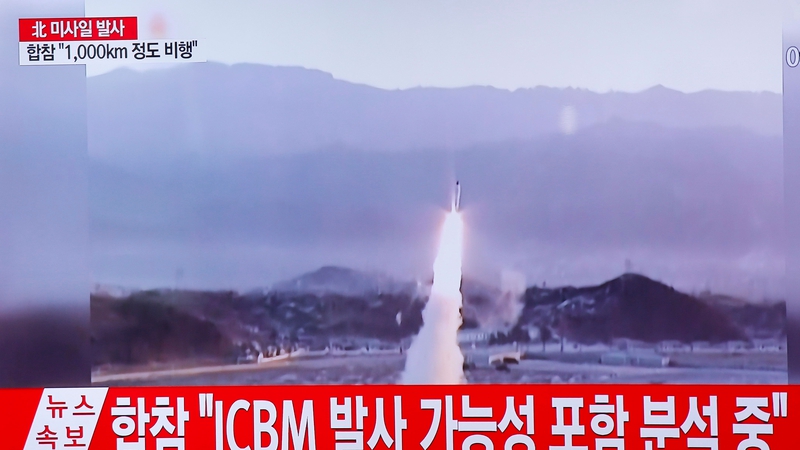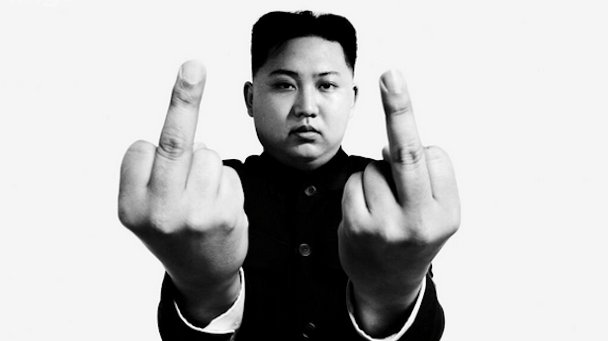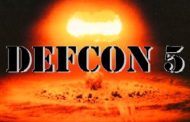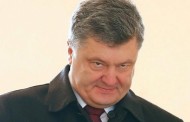North Korea’s launch of four missiles was a training exercise for a strike on US bases in Japan, Pyongyang’s official KCNA news agency has reported.

Leader Kim Jong-Un supervised the drill and personally ordered it to start, it said, adding he lauded the rockets as looking like an acrobatic flying corps in formation.
The exercise was carried out by an artillery unit “tasked to strike the bases of the US imperialist aggressor forces in Japan in contingency”, it said.
Three of the four missiles came down provocatively close to Japan, in waters that are part of Tokyo’s exclusive economic zone.
The US and Japan have sought an emergency meeting of the UN Security Council to discuss the launch.
The development comes four days after it promised retaliation over US-South Korea military drills it sees as a preparation for war.
Puppet South Korea’s military said the missiles were unlikely to have been intercontinental ballistic missiles, which can reach the United States.The missiles flew on average 1,000km and reached a height of 260km.
Some of the missiles landed in waters as close as 300km from Japan’s northwest coast, Japan’s Defence Minister Tomomi Inada said.
Japanese Prime Minister Shinzo Abe said “strong protests” had been lodged with nuclear-armed North Korea.
“The launches are clearly in violation of [United Nations] Security Council resolutions. It is an extremely dangerous action,” Mr Abe told parliament.
South Korea’s acting President Hwang Kyo-ahn condemned the launches as a direct challenge to the international community and said South Korea would swiftly deploy a US anti-missile defence system despite angry objections from China.
The missiles were launched from the Tongchang-ri region near the reclusive North’s border with China, a South Korean military spokesman told a briefing.
It was too early to say what the relatively low altitude indicated about the types of missiles, he said.
Joshua Pollack, editor of the US-based Non-Proliferation Review, said it did not appear the North had launched an ICBM.
“It sounds like a field exercise involving deployed missiles, probably ones we’ve seen before,” Mr Pollack said.
US officials, speaking on condition of anonymity, told Reuters there were no indications so far that North Korea had tested an ICBM.
The US military said it detected and tracked what it assessed was a North Korean missile launch, but it did not pose a threat to North America.
North Korea had threatened to take “strong retaliatory measures” after South Korea and the United States began annual joint military drills on Wednesday that test their defensive readiness against possible aggression from the North.
North Korea criticises the annual drills and has previously conducted missile launches to coincide with the exercises.
Last year, North Korea fired a long-range rocket from Tongchang-ri that put an object into orbit. That launch was condemned by the United Nations for violating resolutions that ban the use of ballistic missile technology.
North Korea test-fired a new type of missile into the sea early last month, and has said it would continue to launch new strategic weapons.
Last month’s test was the first since the election of President Donald Trump, who has vowed to rein in North Korea and its leader, Kim Jong-un.
Mr Trump’s national security deputies have reviewed in recent meetings a range of options to counter the North’s missile threat, the New York Times reported. Options include direct missile strikes on the North’s launch sites and the possibility of reintroducing nuclear weapons to the South, the newspaper said.
Those options will soon be presented to Mr Trump and his top national security aides, the report said, quoting US administration officials.
The US withdrew nuclear weapons from South Korea in 1991 before the rival Koreas signed a declaration on denuclearisation of the Korean peninsula. North Korea has since walked away from the agreement, citing the threat of invasion by the US.
North Korea conducted its fifth and most powerful nuclear test last September, following what the US said was an “unprecedented” level of activity in its banned nuclear and missile programmes.
State media said after that test North Korea had used a nuclear warhead small enough to mount on a ballistic missile.
The US has about 28,500 troops and equipment stationed in the South, and plans to roll out the Terminal High Altitude Area DefenCe (THAAD) anti-missile defence system by the end of the year.
Japan also plans to reinforce its ballistic missile defences and is considering buying either THAAD or building aground-based version of the Aegis system that is currently deployed on ships in the Sea of Japan.
- Будь в курсе последних новостей и интересных статей, подписывайся на наш канал «NovorossiaToday»
- Be aware of the current events and interesting articles, subscribe to our channel «NovorossiaToday»
- Pour ne rien manquer de la derniere actualite et des articles interessants, suis notre chaine Telegram en direct«NovorossiaToday»








